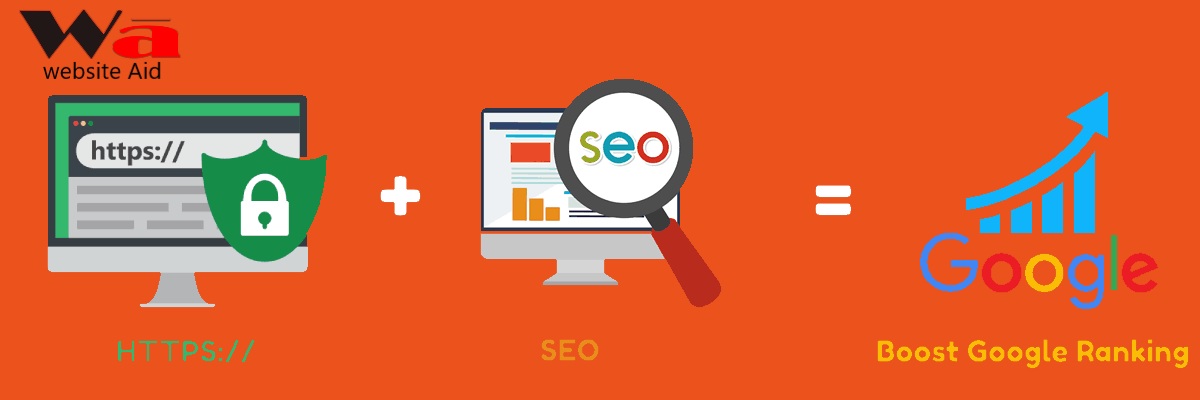Implementation of HTTPS and SEO: Boost Your Search Engine Rankings with a Secure Website
Introduction:
In today’s digital environment, using HTTPS (Hypertext Transfer Protocol Secure) is important for both security and search engine results. This article discusses the connection between HTTPS and SEO, the benefits of making the switch from HTTP to HTTPS, and best practises for maintaining SEO throughout the transition.
Impact of HTTPS implementation for SEO and higher rankings:
- Google prioritises secure websites in search results and uses HTTPS as a ranking indication.
- By encrypting data, safeguarding user privacy, and decreasing the possibility of cyberattacks, HTTPS offers a positive user experience.
- Search engines take into account bounce rates, interaction, and trust when determining how to rank pages, all of which are more common on secure websites.
Migrating from HTTP to HTTPS:
- A reputable Certificate Authority (CA) should provide you with an SSL certificate.
- Replace internal links with HTTPS URL references, including pictures, scripts, and stylesheets.
- To assure appropriate redirection and reduce any potential negative SEO impact, implement 301 redirects from HTTP to HTTPS for every page.
- The new HTTPS URLs should be reflected in XML sitemaps, robots.txt, and other pertinent files.
- To point to the HTTPS version of the pages, check and change canonical tags.
- The updated HTTPS URLs should be reflected in social network accounts, directory listings, and external links.
Best Practices for Maintaining SEO when Switching to HTTPS:
a, Configuring an SSL Certificate, first:
Use a reliable SSL certificate with the appropriate level of encryption.
Verify that the certificate is appropriately installed and configured on your web server.
b. HTTPS implementation throughout the board:
Ensure that all pages, including subdomains, are served over HTTPS.
Avoid mixed content issues by ensuring that all resources (images, scripts, stylesheets) are loaded securely.
c. Update Internal and External Links:
Ensure that all internal links, including navigation menus, internal pages, and internal redirects, are updated to HTTPS for improved website security and SEO optimization.
Whenever feasible, update external links, such as those found in guest posts, backlinks, and partnerships, to HTTPS to enhance the overall trustworthiness and search engine visibility of your website.
D. Monitor for Issues
After the migration, keep an eye out for any problems like broken links, missing redirects, or mixed content alerts on your website.
Check for crawl faults and indexation problems using tools like Google Search Console.
e. Update the Robots.txt file and XML sitemaps:
Add HTTPS URLs to your XML sitemap, then update and submit it to search engines.
To enable search engines to crawl and index the HTTPS version of your website, update your robots.txt file.
Conclusion:
Implementing HTTPS improves your website’s security while also improving its search engine rankings. You can successfully switch from HTTP to HTTPS while continuing your SEO efforts by adhering to the best practises described in this article. Enjoy the advantages of enhanced user trust, better search exposure, and a safer online presence.
Also Read : Types of SSL Certificate


2 thoughts on “HTTPS and SEO: Boost Rankings”
Pingback: What is an SSL Certificate in Website ? - Website Aid - Your Guide to Digital Marketing, SEO, SSL, and Technical Website Optimization
Pingback: Top AI Tools for SEO in 2023: Boost Your Digital Marketing